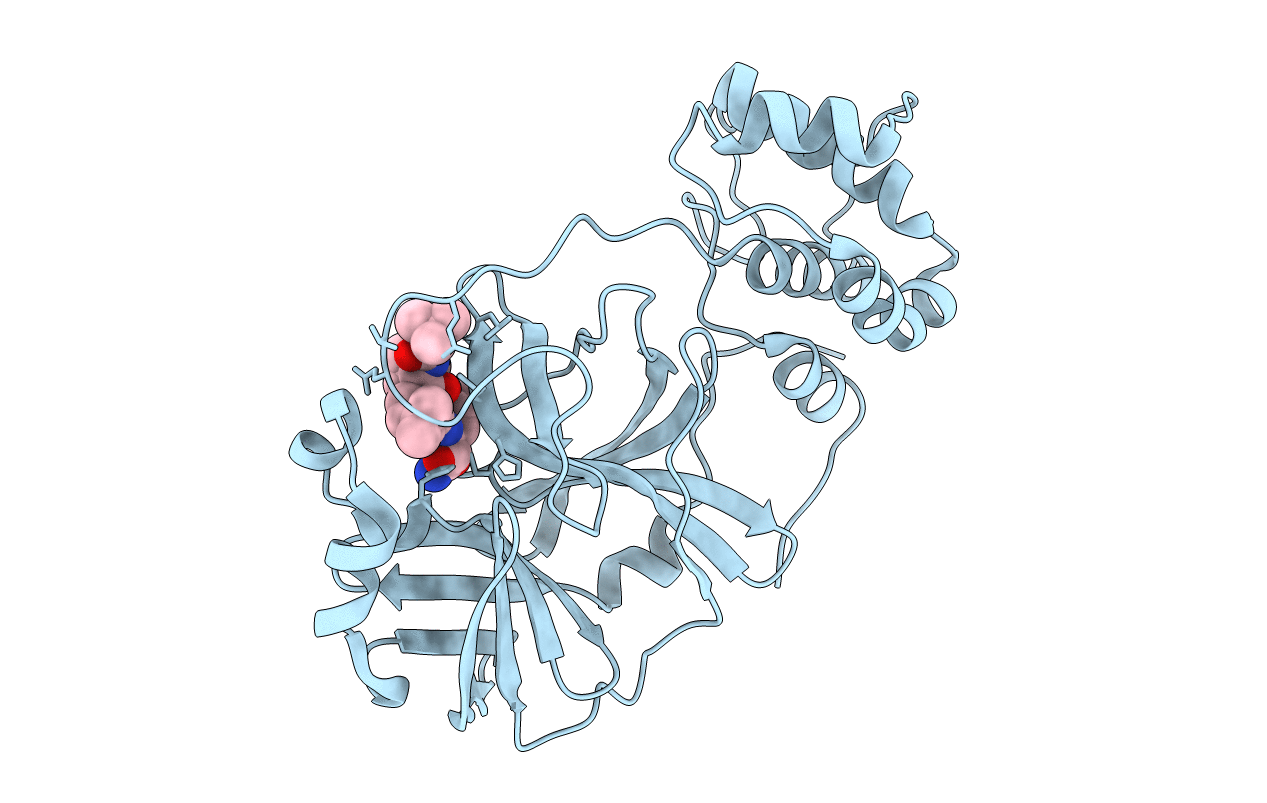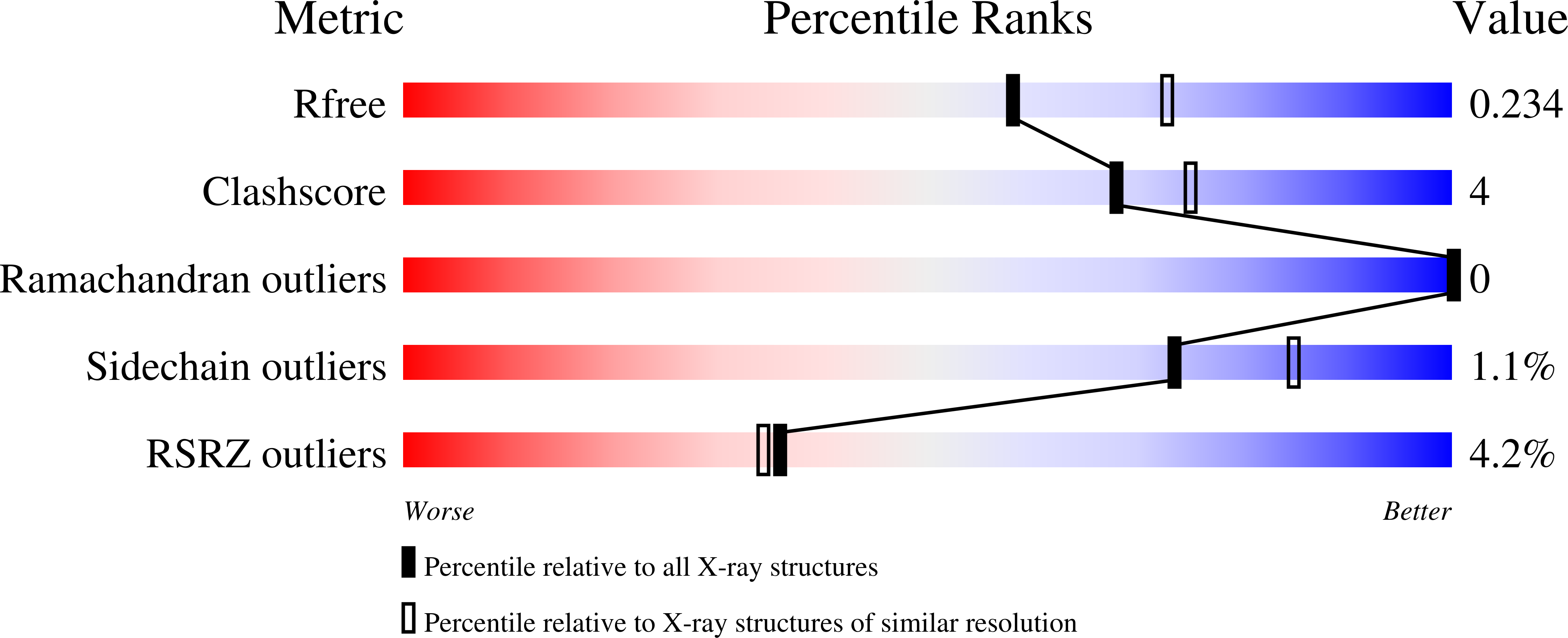
Deposition Date
2020-07-10
Release Date
2020-07-22
Last Version Date
2024-10-23
Entry Detail
PDB ID:
6XQU
Keywords:
Title:
Room-temperature X-ray Crystal structure of SARS-CoV-2 main protease in complex with Boceprevir
Biological Source:
Source Organism:
Host Organism:
Method Details:
Experimental Method:
Resolution:
2.20 Å
R-Value Free:
0.23
R-Value Work:
0.17
R-Value Observed:
0.17
Space Group:
I 1 2 1


